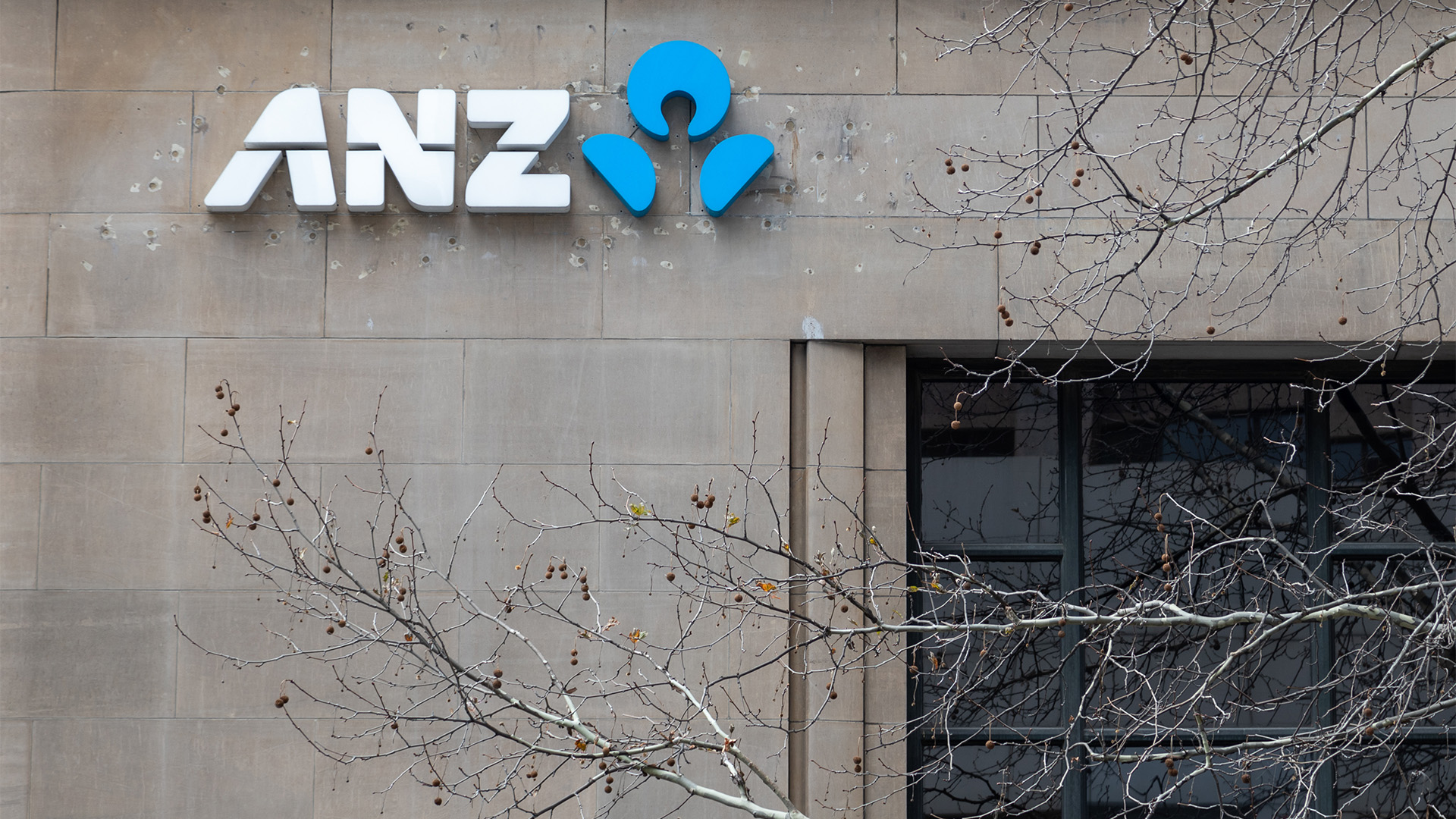It must have been a case of deja vu all over again for Peabody Energy Corporation as it quietly exited bankruptcy this week and re-listed on the New York Stock Exchange.
There it was, given a second life by creditors and financiers and in the midst of a mini-coal price boom caused by Cyclone Debbie and the damage she did to coal mines, railways and ports covering 50% of the huge Queensland coal industry.
Most of the damage came from the heavy rain and flooding from the storm which flooded mines, washed away rail lines in Central Queensland, especially the vital line from Goonyella in the Bowen Basin, to the central coastal coal ports.
Peabody and its partner, Yancoal last week declared force majeure on its Middlemount mine in the Bowen Basin, as a result of the cyclone conditions affecting Queensland. In late 2010 flooding in the Bowen Basin saw Peabody forced to declare force majeure for varying periods of time running into 2011.
Cyclone Debbie and its aftermath saw world prices, especially for coking coal, soar more than 60% on one day this week to well past $US250 a tonne, while thermal coal prices jumped sharply to well over $US90 a tonne.
The share prices of some coal miners, large and small, peaked, then faded, while Chinese steel mills and other buyers took fright at the possible five week delay for the biggest part of the Queensland coal industry and chased supplies from the US, Indonesia and other suppliers.
It collapsed in April of last year with $US10.1 billion in debt – and not enough cash flow or revenue as the world coal slide hammered it and other coal companies, especially in the US (where at least 7 major companies went bust in two years to 2016).
In bankruptcy it cut its debts by $US5.2 billion, raised $US2 billion of new debt and $US1.5 billion of equity, and cut its liabilities for fixing up old mines. It emerged with gross debt of $US1.97 billion.
But shareholders in Peabody Energy before its collapse were wiped out in the reconstruction and the company is basically owned by a collection of hedge funds and other hard-headed investors.
The company collapsed because it spent $US5 billion buying control of medium sized Queensland coal group Macarthur Coal in 2011 at the height of the last coal boom triggered by floods in the central Queensland mines for from August 2010 and after Cyclone Yasi in early 2011.
On Tuesday the company resumed trading on Wall Street as world prices soared as traders realised the damage done by Cyclone Debbie. It will be less disruptive than the 2011 problems which lasted two years for some producers as mines had to be dewatered and rebuilt.
The shares ended at $US28 on Wednesday, up from the first day close on Tuesday of $27.25 (it opened at $US32 as some traders reacted to the surge in global spot prices). Peabody’s new equity was raised at $US25 a share in the latter stages of its bankruptcy.
Its market value if now almost $US2 billion, which is tiny for the world’s biggest private coal miner. Whitehaven Coal, a medium sized NSW based producer is valued at around $US2.5 billion and its output at nearly 22 million tonnes (the shares rose 2.1% on Thursday to $3.32) is a fraction of Peabody’s 2017 target of more than 180 million tonnes (most of it from the huge low cost Powder River basin mine sin Wyoming and Montana, and the separate Illinois Basin.
All this is for the contracting US power sector which is seeing coal replaced by natural gas. Coal’s share of the US power industry has fallen 25% in three years to around 30%.
Peabody is looking to produce 21.5 million tonnes of coking cal this year from its Australian mines, and 10.5 million tonnes of thermal coal. It sold the Metropolitan hard coking coal mine near Wollongong to South 32 late last year.
CEO Glenn Kellow told the Financial Times that “five years ago Peabody had been aiming for production growth, but his priorities were “staying competitive in the market, being disciplined in our investments, managing costs and returning cash to shareholders”.
Mr Kellow’s strategy reflects Peabody’s expectations for domestic and international coal markets to show only slow growth, if any, over the next few years – a view shared by managements at Whitehaven, BHP, Rio Tinto, Anglo American and Glencore.
The seaborne market for thermal coal is expected to grow only slowly, rising by just 3% over 2016-21, with increases in Southeast Asia and South Korea offset by declines in China and the Atlantic Basin markets
For coking (steel making) coal, Peabody expects a slightly stronger increase in the market of 10-15% over the next five years, with most of the increase coming from India.













